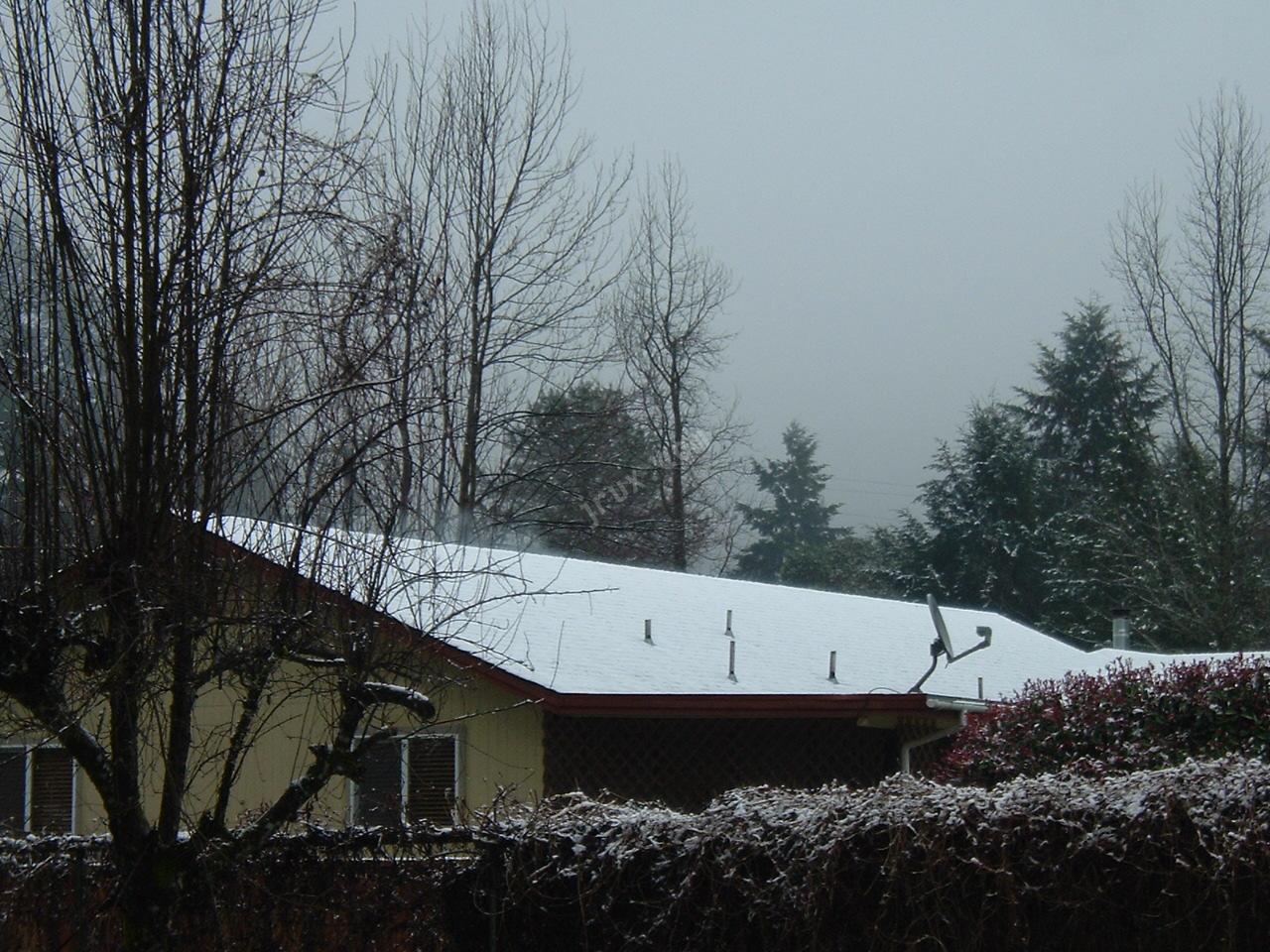Advantages and Disadvantages of Earth-Sheltered Homes
As with any home design, earth-sheltered houses have their advantages and disadvantages.
Advantages
There are many advantages to earth-sheltered construction. An earth-sheltered home is less susceptible to the impact of extreme outdoor air temperatures, so you won't feel the effects of adverse weather as much as in a conventional house. Temperatures inside the house are more stable than in conventional homes. And with less temperature variability, interior rooms seem more comfortable.
Because earth covers part or all of their exterior, earth-sheltered houses require less outside maintenance, such as painting and cleaning gutters. Constructing a house that is dug into the earth or surrounded by earth builds in some natural soundproofing. Plans for most earth-sheltered houses "blend" the building into the landscape more harmoniously than a conventional home.
Finally, earth-sheltered houses can cost less to insure because their design offers extra protection against high winds, hailstorms, and natural disasters such as tornados and hurricanes.
Disadvantages
As with any type of unusual construction, there are some disadvantages associated with earth-sheltered housing. Principal downsides are the initial cost of construction, which may be up to 20% higher. Also, an increased level of care is required to avoid moisture problems, during both the construction and the life of the house.
It can take more diligence to resell an earth-sheltered home, and buyers may have a few more hurdles to clear in the mortgage application process.

This site contains information produced by the US Department of Energy and compiled by the site owners.
We are not responsible for the accuracy or completeness of this information.
Layout and site design copyright 2007 powerfy.com.

